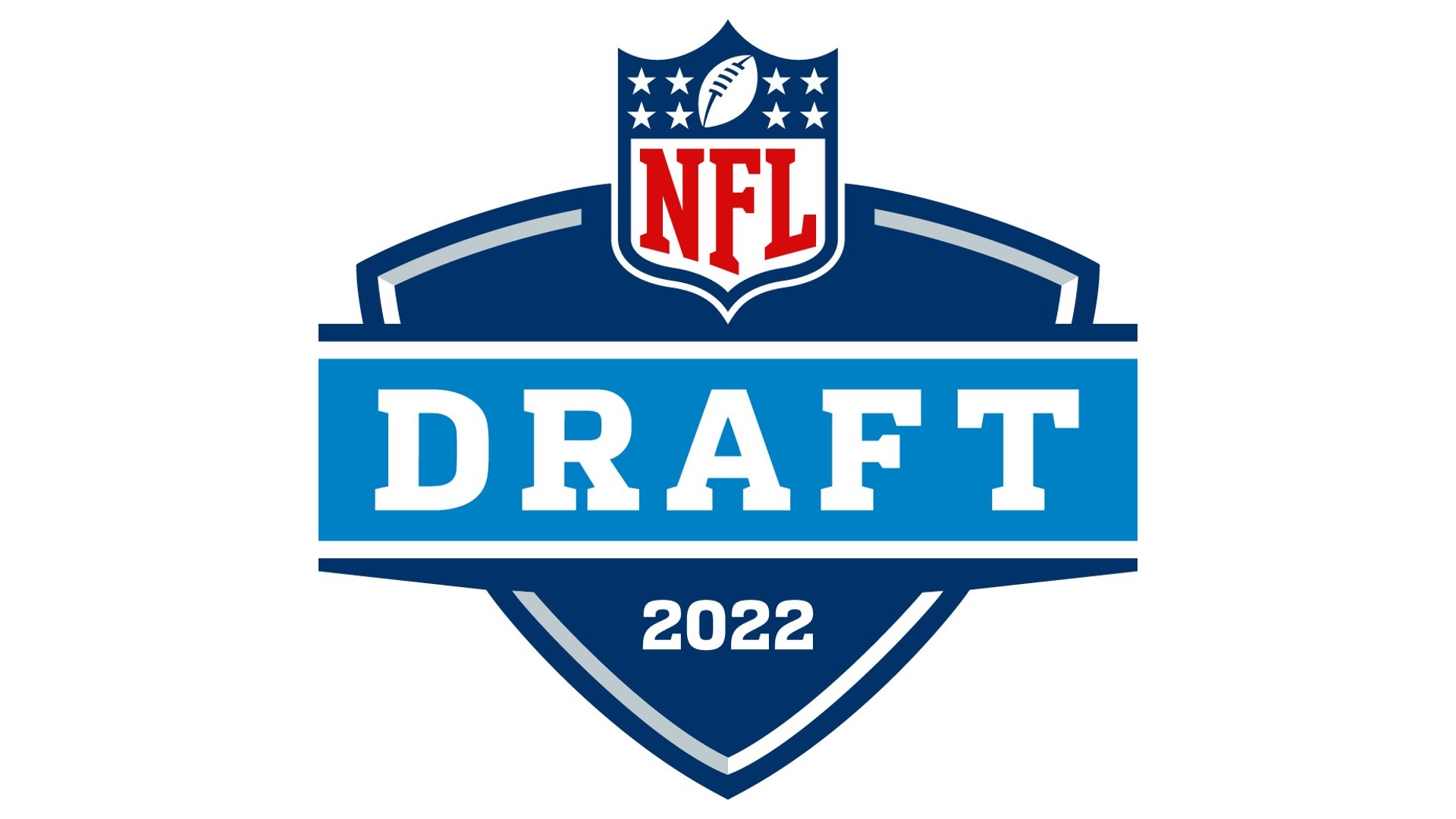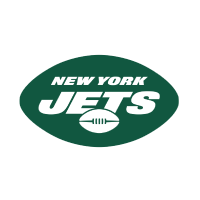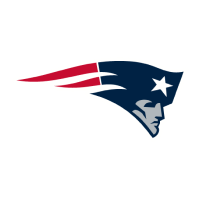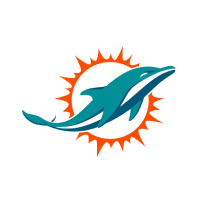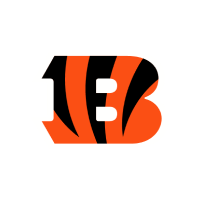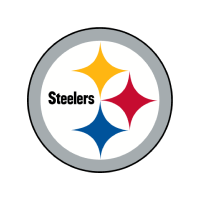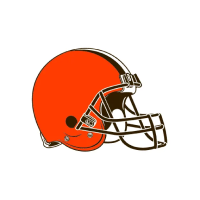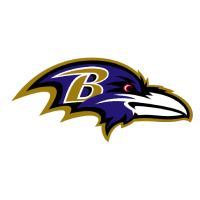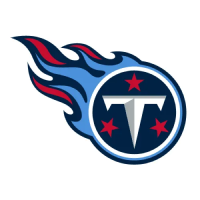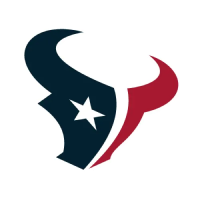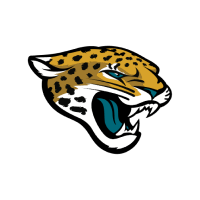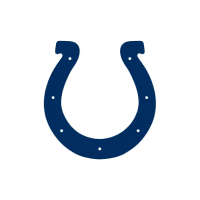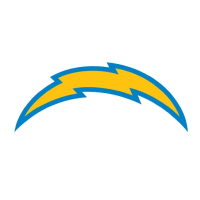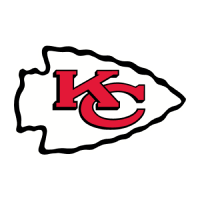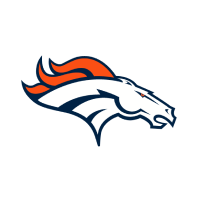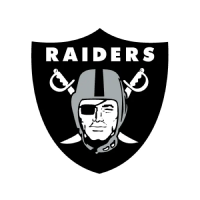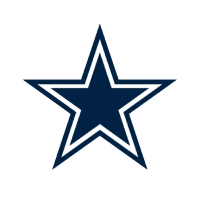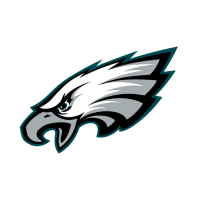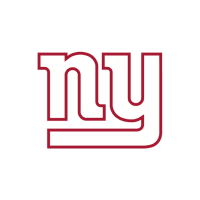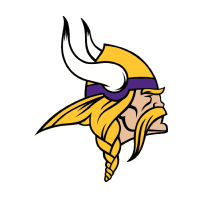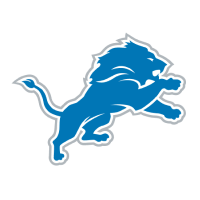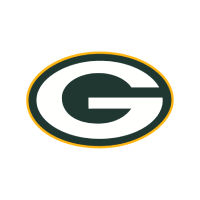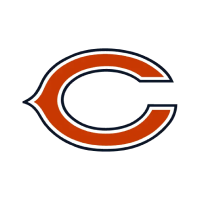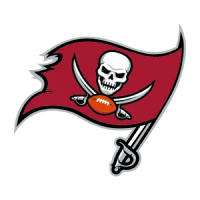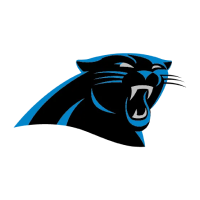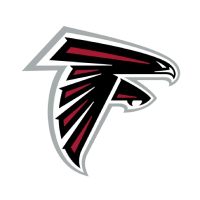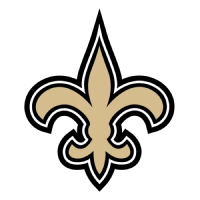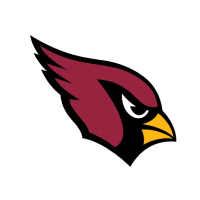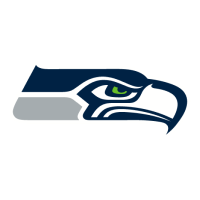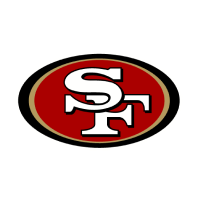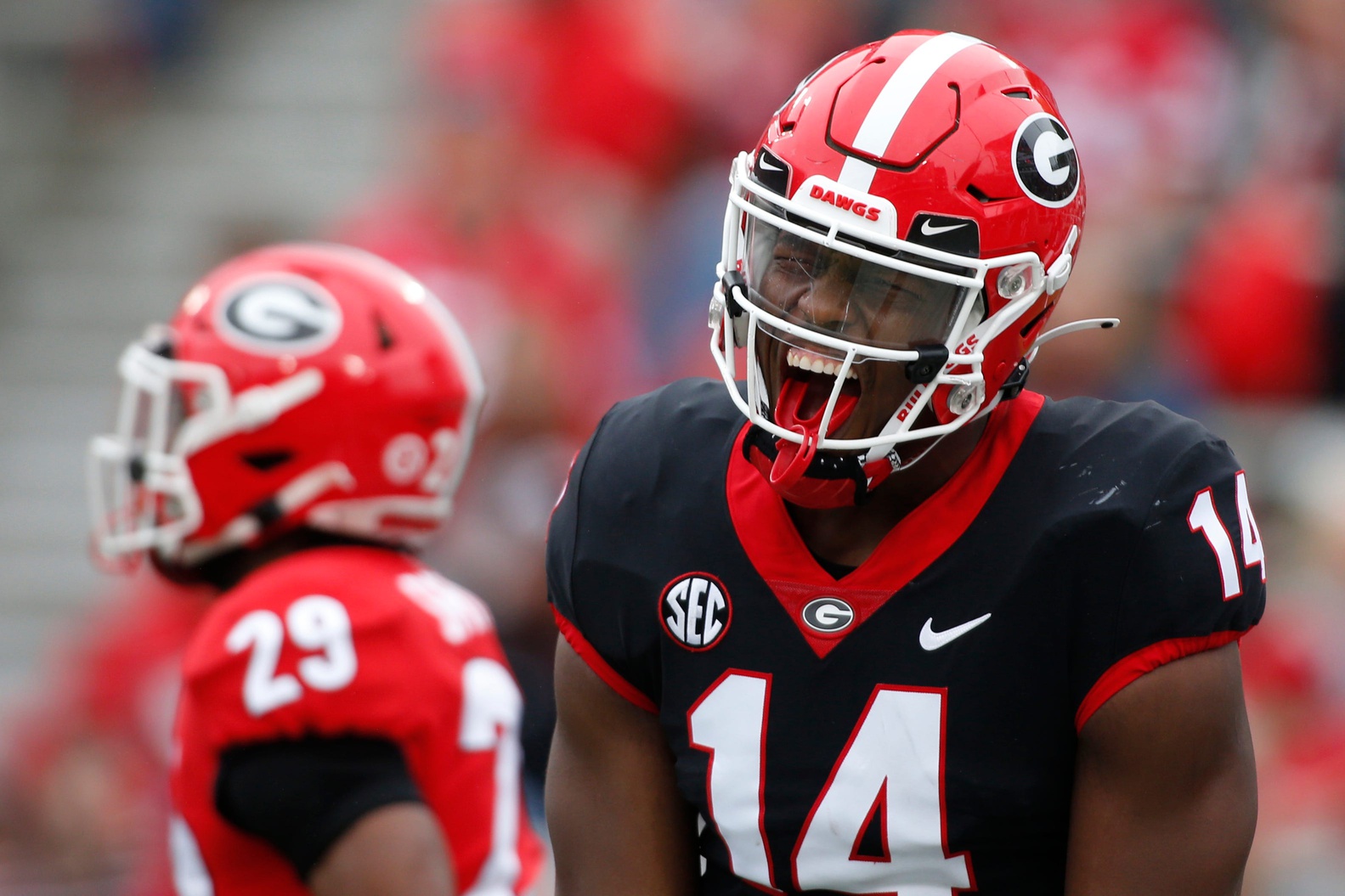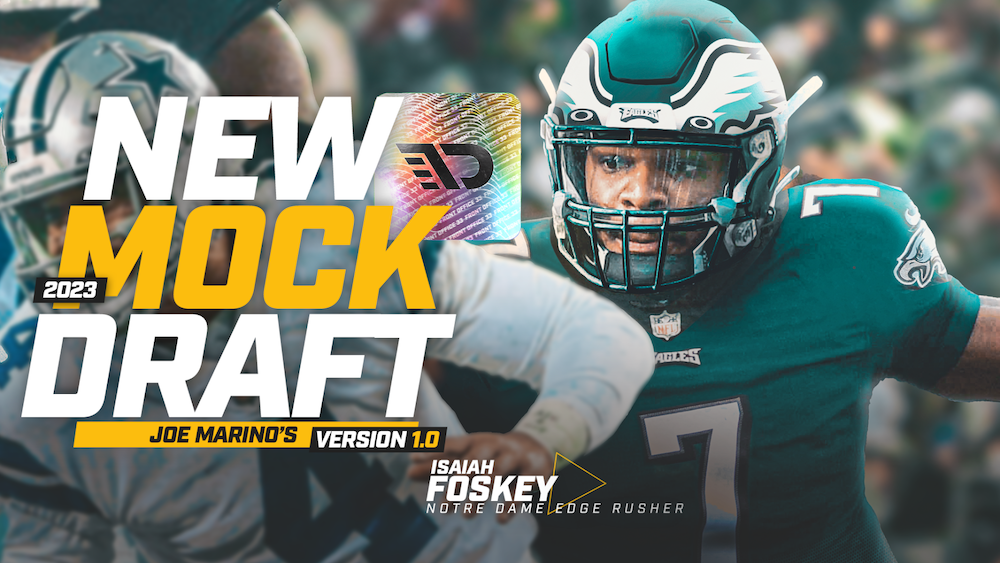The NFL pre-draft process can be explained with a wide range of adjectives, and depending on who is being asked, the description will vary between informational and productive to weird and even unnecessary.
There are three big-ticket events for draft-eligible players throughout this process. The Senior Bowl, a post-season all-star game for players who completed their college eligibility, kicks things off in late January and gives players their first chance to interact with NFL personnel free from NCAA restrictions. Pro Days follow. These one-day (and sometimes two-day) events are held at college campuses around the country. NFL evaluators flood the top programs for a closer, more intimate look at players. The drills are identical to the NFL Scouting Combine—which completes the traditional pre-draft trifecta—but are done on an unofficial basis. Big-name players often opt-out, preventing injury and saving the last of what they want to show scouts and coaches for the combine; while others can use the event to build buzz around their NFL potential. The processes have undergone change over the last few decades, but none was as stark as the upheaval to this year’s pre-draft process amid the ongoing COVID-19 pandemic.
Save the Senior Bowl, which adopted coronavirus protocol to resume as scheduled, 2021 saw the most dramatic shift in recent memory with the cancellation of the scouting combine. But even before COVID-19 changed the evaluation (and entire collegiate football) process, the combine’s popularity was stagnating. In 2020, for the first time in combine history, on-field workouts were broadcasted during primetime. The marketing efforts weren’t as fruitful as the league had hoped. The reformatted schedule saw an increase of just 3% viewership. Now, in the combine’s absence, it begs the question: Are all three parts really necessary?
The duality of this answer, again, depends on who is asked. Christian Darrisaw, a top offensive line prospect in the 2021 class, noted Virginia Tech’s felt “a little weird.” Drue Tranquill, a fourth-round selection out of the 2019 draft, said the NFL should “get rid of the combine altogether” and instead rely on Pro Days as the last-ditch effort for both NFL prospects and evaluators.
https://twitter.com/DTranquill/status/1377016402293354497?s=20
Tranquill’s reasoning was complete with pre-draft schedule changes that would give players 1) time to train for the NFL itself, instead of the rudimentary tests prior to the draft, and 2) more rest. By the time NFL prospects get to the point of pre-draft training, evaluators and league personnel already have about 90% of what they need to know at their disposal. David Shaw, Stanford’s head coach and former NFL coach, recently peeled back a somewhat obvious layer to this process, but, nonetheless, it’s an important reminder of what holds weight and who’s doing the measuring.
“What Pro Days are about is that last piece, right? These scouts and coaches have watched every game; they’ve watched every play,” Shaw said following the Cardinal’s Pro Day. “Many [evaluators] go back and watch your last two years of playing. So this is that last piece of how fast exactly is this guy? How does he look? How is he built? How is he going to jump? How is he going to go through these drills? You take into account that this is the last 10% of the information these [evaluators] are getting.”
There’s an added benefit to Pro Days and/or the combine: Players, particularly ones that missed the previous college football season, can show NFL scouts and coaches “that last piece.” While evaluators largely look to a player’s production during their collegiate career, a player can positively (or negatively) affect their draft stock. Along that very same line, narratives—perpetuated by the groupthink that takes place among evaluators and/or media covering the events—can have the same positive or negative effect; and the outcome is often based on double standards and racist undertones. This has manifested itself with the rise of Black quarterbacks. In years past, it was Lamar Jackson, Deshaun Watson, Tyrod Taylor, and Donovan McNabb. This year, the racially-coded language and evaluation process centered around quarterback Justin Fields.
The gaping holes and problems with the evaluation process itself have often been noted by NFL media across the country; recently, For The Win’s Steven Ruiz and Touchdown Wire’s Doug Farrar spoke to the difficulties the largely white and male-dominant media has covering Black quarterbacks.
Despite the seasonal criticism and debate of its effectiveness, it’s difficult to see a solution that involves Pro Days with no combine. The scouting combine gives the NFL two things it is void of during Pro Days: money and control.
During the pre-draft process, the billion-dollar business is synonymous with player investment; the running theory is NFL teams, which can range from having a $24 million operating income and $355 million revenue stream to a whopping $365 million operating income and $864 million revenue stream, need to turn over every stone before entrusting an NFL prospect with the limited rookie salary. It would be naive to think this was the most important reason to continue the combine in a post-pandemic future. If the NFL gets a hint there’s money to be made, it’ll jump on the opportunity. If the NFL can hold all the power, it won’t easily let it go. In the simplest form, the combine gives the NFL more money and control over a process that has only recently been left to a different power at be: individual universities.
It leaves the process in a problematic cycle of one exploitative organization to another, all the while everything beyond a player’s performance, whether it’s on the field or now over Zoom interviews where film is dissected and “character concerns” are addressed, is out of their control. It’s due time for everybody—from NFL personnel to the media that covers them—to listen and be open to solutions that better serve the players on the cusp of accomplishing what is often one of their life-long dreams.
Filed In
Related Articles
NFL Draft
Arik Gilbert Doesn’t Need Big Workload To Be A Top NFL Draft Pick
- Aug 22, 2022
NFL Draft
2023 NFL Mock Draft: Marino 1.0
- Aug 22, 2022
Written By
